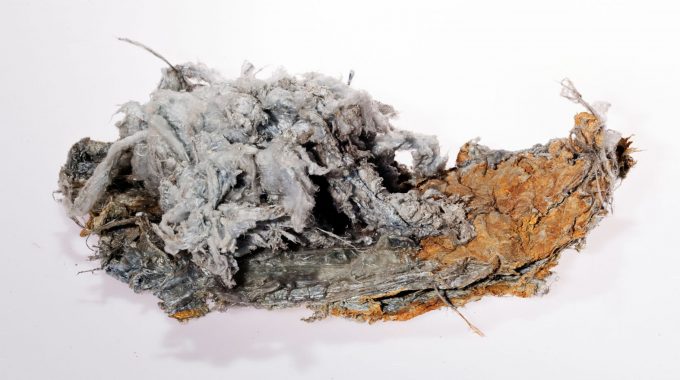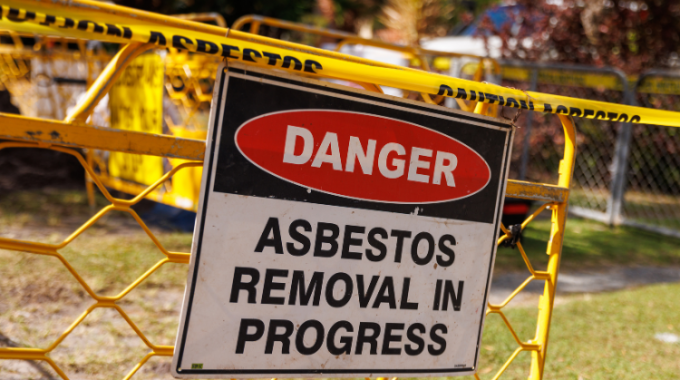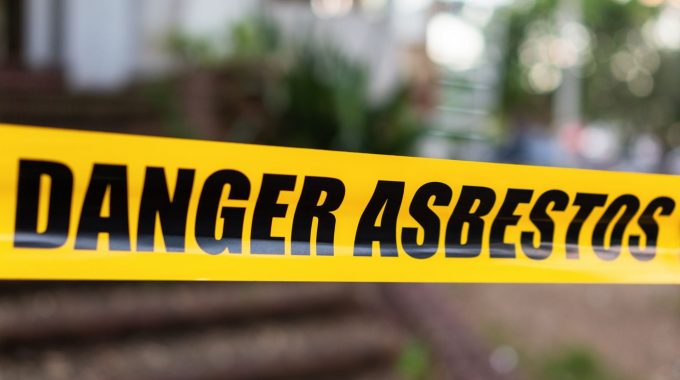The Usage & History of Asbestos in Australia
Cheap, energy efficient, weatherproof, durable, fire and pest resistant, asbestos was once regarded as a miracle material. Particularly popular during the post-war construction boom, it could be made into asbestos sheeting, cement, corrugated roofing material, a spray-on coating, and insulation—the possibilities were endless. And so, asbestos fibres were woven into many other materials to strengthen them and were soon used in many different industries, from construction to shipbuilding.
Although it’s a naturally occurring mineral widely found in our environment, it eventually became evident that the mining, processing and use of asbestos was extremely hazardous to health.
Alarmingly, asbestos can still be found in 1 out of 3 Australian homes, and it can’t be visually identified—it takes professional testing to be certain.
In this article we look at the history of asbestos use in Australia and how we’ve gone from frequently using asbestos materials to trying to eradicate it. We look at where it can still be found, current legislation, the safest methods of asbestos removal and how it still poses a real threat to the health of all Australians.
The Role of Asbestos in Australia’s Industrial Growth
As mentioned, Australia’s love affair with this ‘miracle material’ began to take off in the post-war construction boom. The Asbestos Disease Support Society says its use became so widespread that in “post-World War II Australia, nearly every home, building and piece of equipment used in everyday life, may have contained asbestos”.
Asbestos mining began on a large scale in countries such as South Africa, Canada and Russia in the 1880s. By the turn of the century, authorities in the UK, America and Germany voiced concerns about the health impacts of asbestos dust. Yet by the 1930s, Australia was opening its first asbestos mines and importing raw materials to meet the ever-growing demand.
As the asbestos industry in Australia boomed, the US adopted regulation limits for asbestos dust in the workplace, and the first reports on the effect of asbestos dust on workers in James Hardie factories in Australia were released. Despite a number of deaths and reports into the dangers of asbestos, its use only continued to grow until an eventual ban on the sale, import and use of asbestos in 2003.
Types of Asbestos and Their Applications
There are several different types of asbestos: chrysotile (white asbestos), amosite (brown asbestos), and crocidolite (blue asbestos).
The most common type of asbestos—chrysotile white asbestos—is found in serpentine rocks, which are common in the natural environment. Its fibres are easily woven into other materials, particularly, cement, which lead to it being so widely used. It is common in products like cement sheeting and adhesives.
Brown asbestos was the second most common type used in Australia. Strong, heat-resistant and insulating, its characteristic needle-like fibres are particularly hazardous. It was commonly used in insulation, gaskets and fire protection.
The most hazardous type, the blue asbestos, was commonly mined in Australia and is responsible for the most exposure-related deaths. As it’s resistant to acids, it was favoured in industrial settings and used in things such as battery casings, ceiling tiles and fireproofing materials.
Products and Places Asbestos Was Used and Can Still Be Found
These different types of asbestos were used in an enormous range of products. In the building industry, it was used in flat and corrugated sheeting for roofs, walls and fences. It was used in carpet underlay, floor linoleum and vinyl tiles. It was used to insulate buildings, in wood and gas heaters, around hot water systems, and water and gas pipes. It was used in gaskets in stoves, in waterproof panels in kitchens, bathrooms and laundries—it was even used in oven mitts, baby powder and crayons.
Asbestos was used in pipelines for drinking water, irrigation and sewerage; in telecommunication pits; in air-conditioning systems in commercial buildings; and in the automotive and transport industries in cars, boats, planes and trains for things like insulation, brakes, gaskets and sealants. It was used in homes, schools and hospitals and its legacy will remain for many, many years.
Asbestos in Key Australian Industries
Asbestos use was so widespread that it was an occupational hazard for many workers in all different types of industries (and their families), including:
- Construction workers and builders
- Rail workers
- Power station workers
- Plumbers
- Boilermakers
- Shipbuilders
- Mechanics
- Asbestos miners
- Those who worked in asbestos product manufacturing plants
The Health Impacts of Asbestos Exposure
Exposure to even small amounts of asbestos leads to deadly diseases like mesothelioma, asbestosis, and lung cancer. In some cases, people receive a diagnosis decades after exposure. An estimated 4000 Australians die each year from asbestos-related diseases.
Those who worked closely with asbestos are at greatest risk. More than 2000 of those who worked at the asbestos mine at Wittenoom, Western Australia, once the largest contaminated site in the Southern Hemisphere, have died from asbestos-related disease. However, many people who have never worked with asbestos are also diagnosed with these deadly diseases.
Asbestos in Australia Today & Its Ongoing Challenges
Despite its ban, the dangerous legacy of Australia’s widespread use of asbestos remains. A federal eradication agency aims to have asbestos products removed from Australian buildings by 2068 to prevent the deaths of many thousands of future asbestos victims.
However, until this goal is reached, the health risks remain in our homes, workplaces and communities as ageing asbestos begins to break down, putting homeowners, renovators and construction workers, in particular, at risk.
Extreme weather events also pose a health risk as these hazardous materials are exposed. Following Cyclone Yasi in 2011, residents were urged to leave the clean-up to the professionals to avoid exposure to damaged building materials.
The Importance of Safe Removal and Remediation
You can’t tell if building materials or other products around your home contain asbestos by looking at them. The only way to know for sure is to have them tested by a professional who can then safely remove them and dispose of them correctly.
If you live in a pre-1990 home, or you’re planning on renovating, asbestos safety and awareness should be a priority. P&D Envirotech’s highly experienced team can test, remove and dispose of asbestos to ensure the safety of your home and environment. Contact us today to find out more about asbestos removal at your Wollongong home or business.







